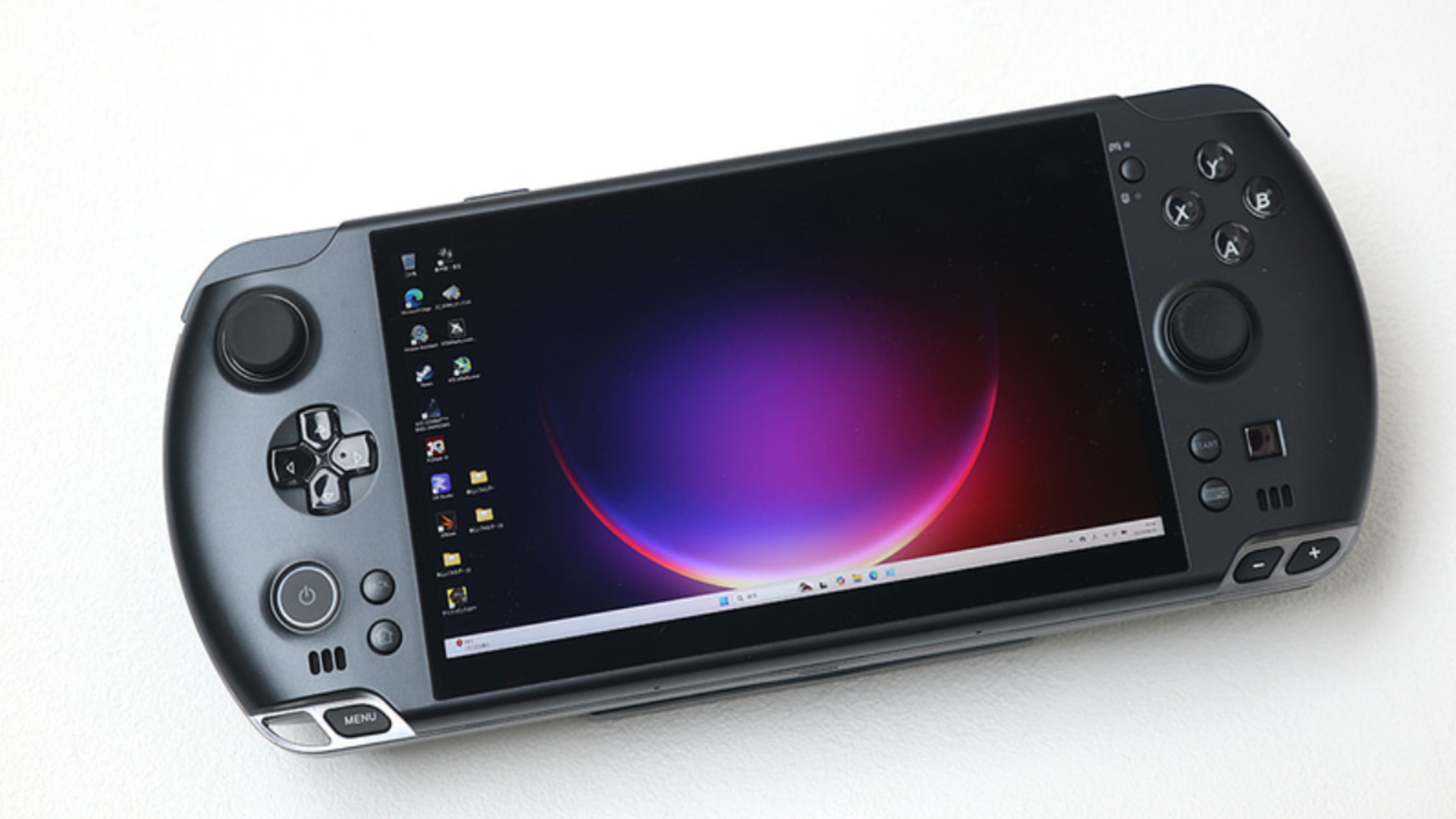- Cinebench scores place this handheld alongside full-size AMD workstations in performance
- GPD WIN 5 detachable battery design reduces weight and improves portability
- Dual fan cooling keeps the 70W chip running without immediate acceleration issues
When a portable machine starts to outperform a workstation, the line between compact gaming devices and full PCs starts to blur.
The GPD WIN 5 from Shenzhen GPD Technology represents that change, packing desktop performance into a frame that still fits comfortably in one hand.
However, despite the impressive numbers, it also raises questions about practicality, heat management, and whether that power really makes sense for pros and gamers alike.
Pushing the limits of portable gaming performance
The GPD WIN 5 integrates AMD's Ryzen AI Max+ 395 processor, a chip with 16 cores and 32 threads capable of reaching up to 5.1GHz.
This chip competes with high-end desktop systems and is one of the best AMD CPUs for compact systems, excelling in high-performance mini PCs and slim laptops that need strong AI support with an integrated GPU.
Coupled with the Radeon 8060S GPU, built on the RDNA 3.5 architecture with 40 compute units, this combination takes the device far beyond the limits of most portable systems.
The GPD WIN 5 supports quad-channel LPDDR5X memory and offers SSD storage options up to 4TB, with expansion via a new Mini SSD slot.
These specs put it close to workstation territory in terms of multitasking and data performance.
Cinebench R23 results suggest that the GPD WIN 5 outperforms AMD's 32-core Ryzen Threadripper 2990WX workstation CPU, making it a PC capable of video editing.
Still, even with its baseline success, relying on a handheld device for sustained rendering or editing tasks may go beyond its intended scope.
The GPD WIN 5 features a 7-inch, 120Hz Full HD display that balances portability with smooth, detailed visuals for gaming and editing.
For users who demand both mobility and performance, the WIN 5's configuration seems to challenge conventional ideas about what the best gaming PC should be like.
However, this level of processing power in such a small case naturally raises concerns about temperatures, fan noise, and sustained load stability.
To address weight and heat, GPD introduced a detachable battery system, a unique approach that allows users to remove the heaviest component while maintaining external power via a cable.
This feature effectively lightens the unit during handheld gaming, although it introduces awkward cable placement and setup complexity.
For cooling, it uses a dual-fan system designed to manage the high power output of 70W while maintaining stability under heavy workloads despite its compact form.
Through PC clock (originally in Japanese)
Follow TechRadar on Google News and add us as a preferred source to receive news, reviews and opinions from our experts in your feeds. Be sure to click the Follow button!
And of course you can also follow TechRadar on TikTok for news, reviews, unboxings in video form and receive regular updates from us on WhatsApp also.
you may also like









